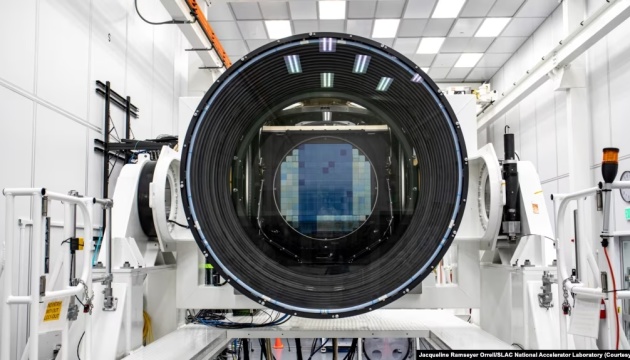This week, engineers at the SLAC National Accelerator Laboratory in the USA completed the assembly of LSST (Legacy Space and Time Survey), the world’s largest digital camera with a resolution of 3200 megapixels.
According to Ukrinform, this situation was reported by Voice of America.
This camera will then be mounted on a telescope at the Vera Rubin Observatory, which is currently under construction under the auspices of the U.S. Department of Energy and the National Science Foundation (NSF).
The camera will be the technical “heart” of the observatory currently being built on Cerro Pachon in Chile. The scientific complex is named after American astronomer Vera Rubin, who studied the rotation speed of galaxies. The results of the scientist’s research gave science one of the main evidence of the existence of dark matter.
It was noted that the camera will be lifted to an altitude of 2.7 km to the observatory construction site in the Andes Mountains.
The camera, the size of a small car, weighs about three tons and its front lens is more than one and a half meters in diameter (the second lens is about one meter in diameter). A cryostat will be added to the camera matrix, whose job is to cool the LSST components to reduce noise.
At the same time, the creators of LSST claim that the main feature of the camera is its resolution.
“The (LSST – ed.) images are so detailed that they can see a golf ball from about 15 miles (ed.) away, while covering an area of sky seven times larger than the full Moon. Featuring billions of stars and galaxies, these images will help unlock the secrets of the universe.” said Aaron Rudman, deputy director of the Vera Rubin Observatory.
It was noted that studies on LSST were carried out for two years. The scientific community expects a tremendous amount of astronomical data from the telescope. These include searching for signs of dark energy and dark matter, a mysterious substance that makes up about 85% of the universe known to science. For this, the camera must find so-called evidence. weak gravitational lensing – a phenomenon in which massive galaxies slightly distort the light from other galaxies. Studying this distortion could allow scientists to better understand the distribution of mass in the universe and the place of dark matter in the universe.
The researchers also have plans to use data from the Rubin Observatory to map the Milky Way galaxy and our solar system in detail.
The camera is expected to take the first image before 2025.
As reported by Ukrinform, a group of astronomers from the Event Horizon Telescope project showed a new image of the Sagittarius A* black hole at the center of the Milky Way galaxy.













